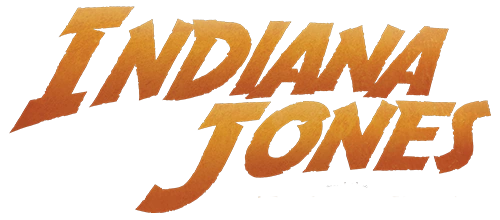Shambala Sanctuary is an ancient monastery hidden in the Tian Shan mountains in the east of Kazakhstan and not far from the frontier with China. In 1947, archaeologist Indiana Jones entered the abandoned complex, guessing (correctly) that it was the final hiding place of the ancient Babylonian sorcerer Urgon and one of the pieces of the Infernal Machine.
History[]
Despite the name "Shambala" being likely Sanskrit and associated with Tibetan Buddhism, Indiana Jones did not recognize the architecture of the sanctuary as he approached it in 1947 and concluded "the religion is unknown." Though the main entrance was sealed shut, Jones climbed an exposed brick wall and entered the sanctuary from an upper floor. Since at least the times of ancient Babylon, Shambala Sanctuary was populated by monks who incorporated extreme mysticism and the magic learnings of the Babylonian priest Urgon, though it is unknown if the monks already had some understanding of magic or if Urgon was the first to bring it to them.[1]
Urgon had arrived at the monastery after fleeing his desert homeland and while carrying his part of the Infernal Machine. It seems likely that the monks granted Urgon shelter, but he soon established himself as a violent authority figure, as evidenced by the unburied remains of many monks, which likely points to their massacre by Urgon's ice creatures, many of which Jones still discovered patrolling the complex in 1947. Urgon or the monks carved out a chamber in an adjacent mountain where he hid the Machine part from the rest of the world. Inside this mountain chamber, Jones also confronted an enormous ice monster guarding Urgon's Machine part. Not all of the monks were killed, however. The monastery's master, a holy woman (who presumably lived during Urgon's time), was magically sealed inside the giant sanctuary bell, and the entire sanctuary, built along a river, had been adapted into a hydraulically powered mechanical puzzle that, if completed, would ring the bell and release her, which would allow her to direct her releaser to the mountain chamber and the Machine part. On the bell reads the inscription, "Ring for the Master."[1] The puzzle also included a multi-storied room with a giant clock built into the floor that included an oddly modern-looking circular clockface, two moving hands, and twelve unlabeled graduation markings. Once Jones activated the clock, the longer hand ticked every second and the shorter hand moved every twelve seconds. Other mysteriously modern-looking technology inside Shambala included mechanical sprockets and gears, glass laboratory flasks, and bound books (as well as scrolls).
Jones eventually rang the bell which released the holy woman. Now old and frail (having apparently aged the entire time but not died), the woman decided to help Indy on his search, but needed something to give her strength. She asked him a certain golden treasure. Jones found it, discovering that it was nothing more than a yellowish flower. He watered it and gave it sunlight, making it grow. Unfortunately, the Russians also arrived in search of Urgon's Part, causing Jones to engage in several firefights with them, though he effectively defeated them.[1]
Jones gave the woman the flower, causing her to become young again with amazing new abilities. With superhuman strength, she was able to throw open an enormous door beyond which lay the ice monster's lair. Jones acquired Urgon's Part and defeated the ice monster; he found the Part on a desk by which sat the skeletal remains, presumably, of Urgon himself. Jones then returned to holy woman who opened up yet another secret door; inexplicably, on the other side of the door was the tropical terrain of the Philippine island of Palawan, where he was to seek out the second Part of the Machine.[1]
Behind the scenes[]
A copy of the second book of Aristotle's Poetics (a lost book) can be found on the upper floor. Indy will refuse to take it believing it to be dangerous, and indeed, the book is covered in poison, damaging Indy if he persists to pick it up. This is a reference to Umberto Eco's book Il nome della rosa (The Name of the Rose), in which a series of murders are caused by the poisoning pages of Poetics, because at that time the book was prohibited by the church.
Appearances[]
- Indiana Jones and the Infernal Machine (First appearance)
Sources[]
- Indiana Jones and the Infernal Machine adventure guide/instruction booklet
